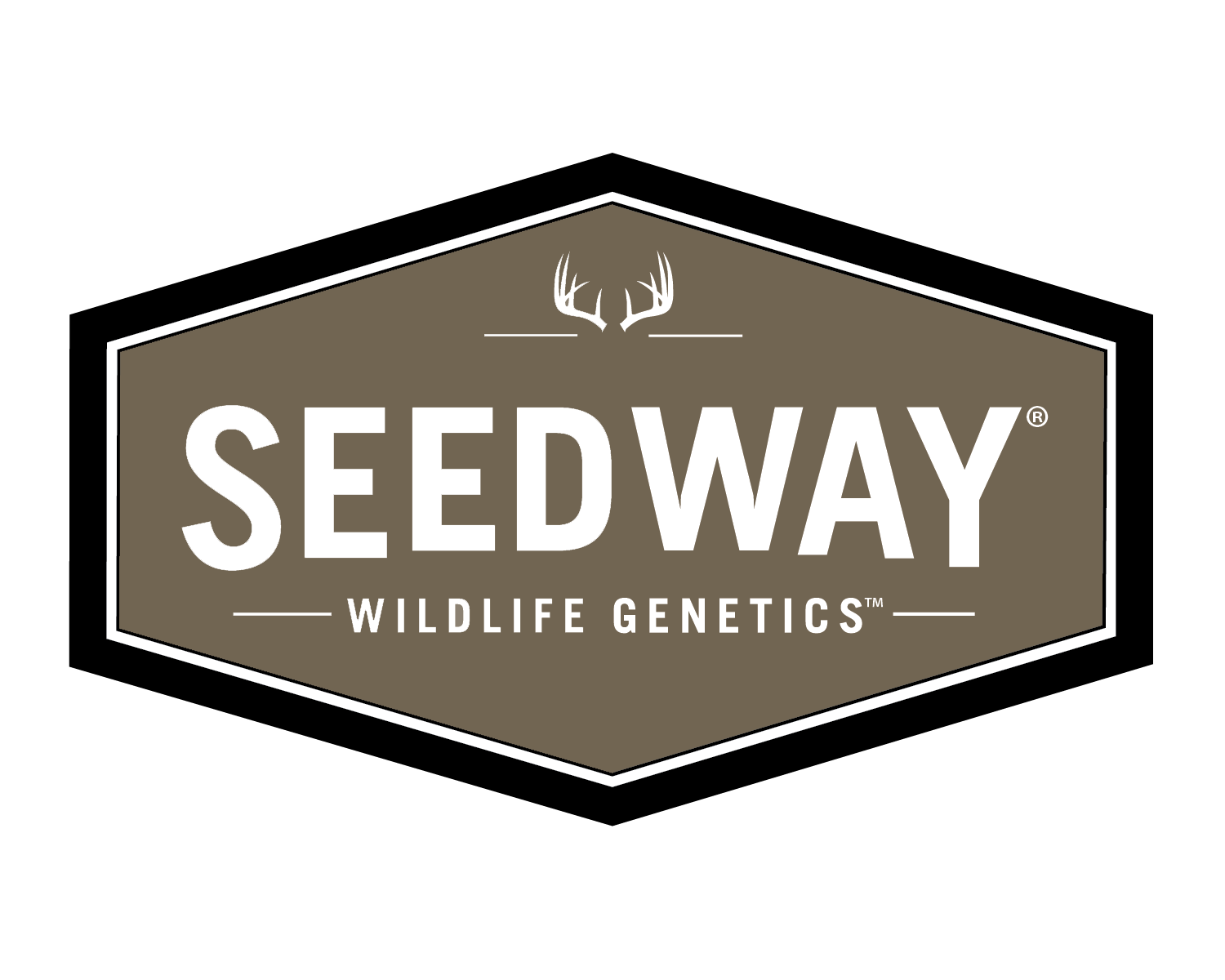Step 4: Fertilizing
Apply fertilizer based on soil sample recommendations before seeding. This will provide essential nutrients for proper plant and root growth, helping with good establishment and promoting continuous growth.
Step 5: Proper Tilling
Apply proper amounts of lime based on your soil sample recommendation. Optimum pH levels are needed for plants to fully utilize fertilizer and maximize root growth. A pH of 6.3 to 7.0 works best for most food plots.
Step 6: Seeding Your Plot
For smaller seeds, it is best to culti-pack or roll your plot before seeding. Doing this will create a firm seed bed. Next, broadcast your seed and culti-pack or roll again, which creates proper seed-to-soil contact. Small seeds need to be less than a quarter of an inch deep when planted. For larger seeds, use a planter, a drill, or a pull-behind spreader to dispense the seeds. Then drag the seeds to lightly cover them. Plant these seeds up to ½” deep.
Step 7: Maintaining Your Food Plot
Your food plot will get a lot of grazing pressure from the resident wildlife. As long as you can maintain enough forage on your plot, you will continue to attract game to your plot and keep them on your property. Be sure to fertilize your plot annually to ensure quick recovery and maximum plant growth throughout the year.



